

James Wong
2026 Nissan Ariya review
3 Days Ago
After a shocking, COVID-stricken 2020, sales are on the uptick. It's been more than two and a half years since we've seen a month of positive results like November. No brand did better than Toyota, with four of the top-five sellers.

Senior Contributor
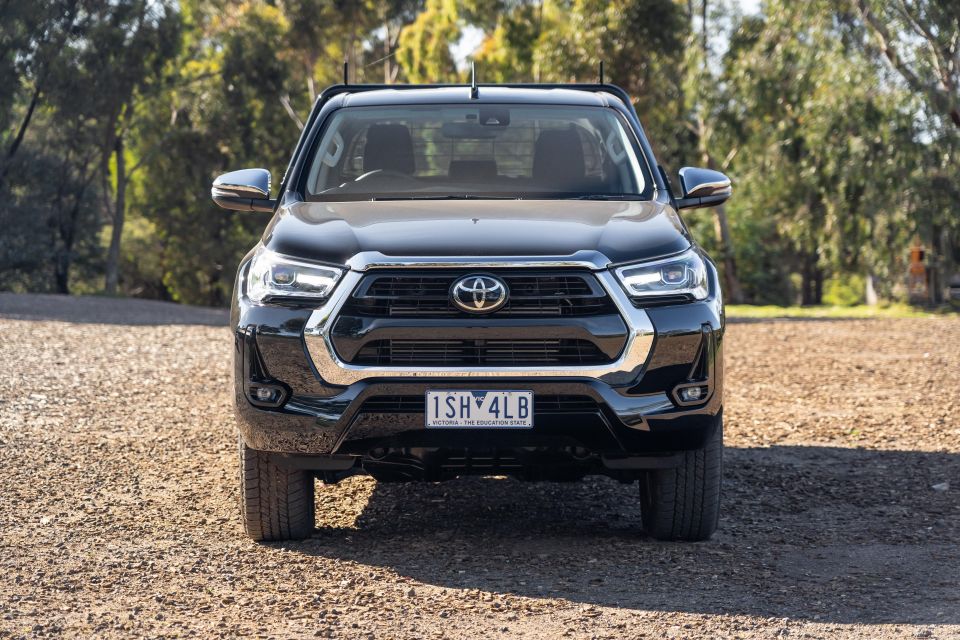

Senior Contributor
Australia’s monthly new vehicles sales shot up in November – the first positive result in more than two-and-a-half years.
After the green shoots we saw in October, it comes as a relief to an embattled industry.
VFACTS figures compiled by the Federal Chamber of Automotive Industries (FCAI) and supplied by car-makers show that 95,205 new vehicles were counted as sold in November 2020, up 12.4 per cent over the number of new cars sold during the same month last year.
Previous to November, there were 31 successive months of unbroken sales declines. Impacts from unfavourable exchange rates, bushfires, lending reform, and obviously the COVID-19 pandemic have all played a role.
It was overwhelmingly private buyers doing the heavy lifting, with private sales up 32 per cent. Business fleet sales were up 3.6 per cent, and government fleet sales were down 12.8 per cent. Rental car sales plummeted 27.8 per cent.
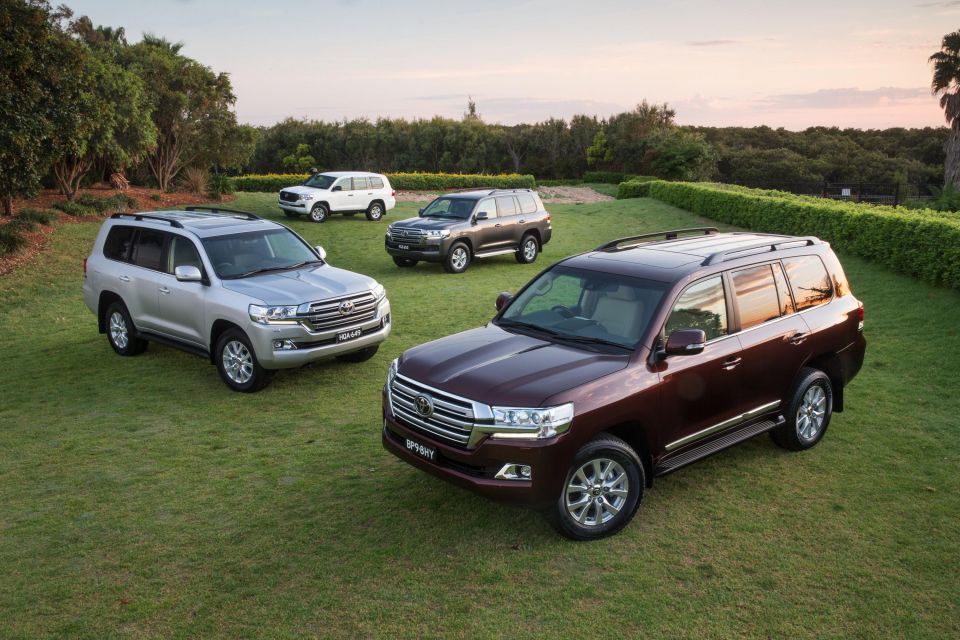
Populous states New South Wales (up 13 per cent), Victoria (up 9.1 per cent), Queensland (up 19.5 per cent), Western Australia (up 12.6 per cent), and South Australia (up 7.5 per cent) all saw their sales grow in November.
Cumulative year-to-date (YTD) numbers are still well down over 2019’s tally, however. To be specific, sales YTD are down 16.1 per cent at 821,316. With just one month left, there’s no chance Australia will hit the magic million mark again this year.
At this point in 2019, there had been 978,628 YTD sales.
Toyota was the top selling brand for the month with 23,204 sales, followed by Mazda with 9053, Hyundai with 6903, Ford with 6613, and Mitsubishi with 5488.
The top selling models for the month were the Toyota HiLux with 5038 sales, Ford Ranger with 4260, Toyota RAV4 with 3800, Toyota Corolla with 2774, and Toyota Prado with 2602.
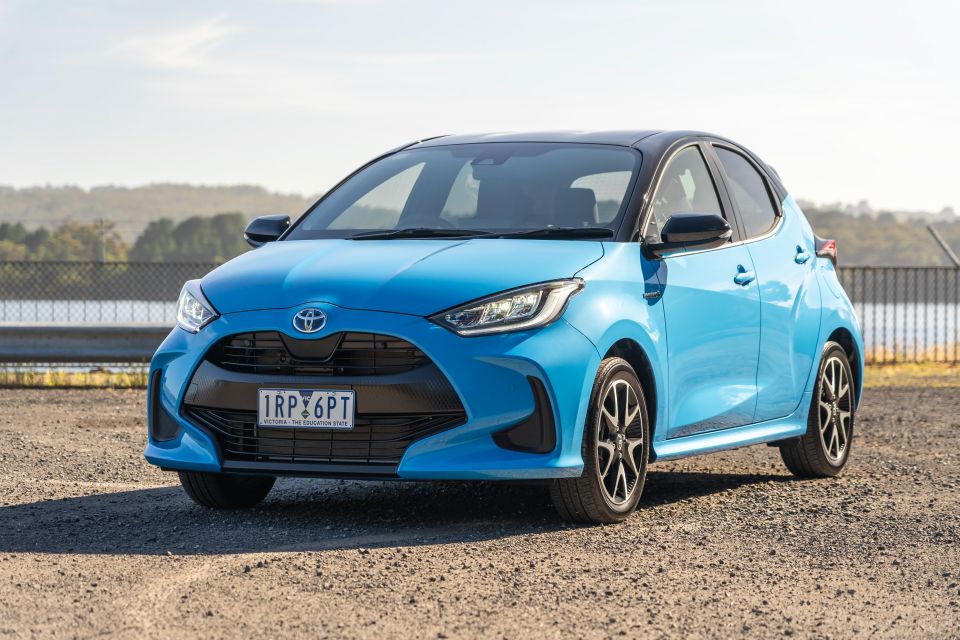
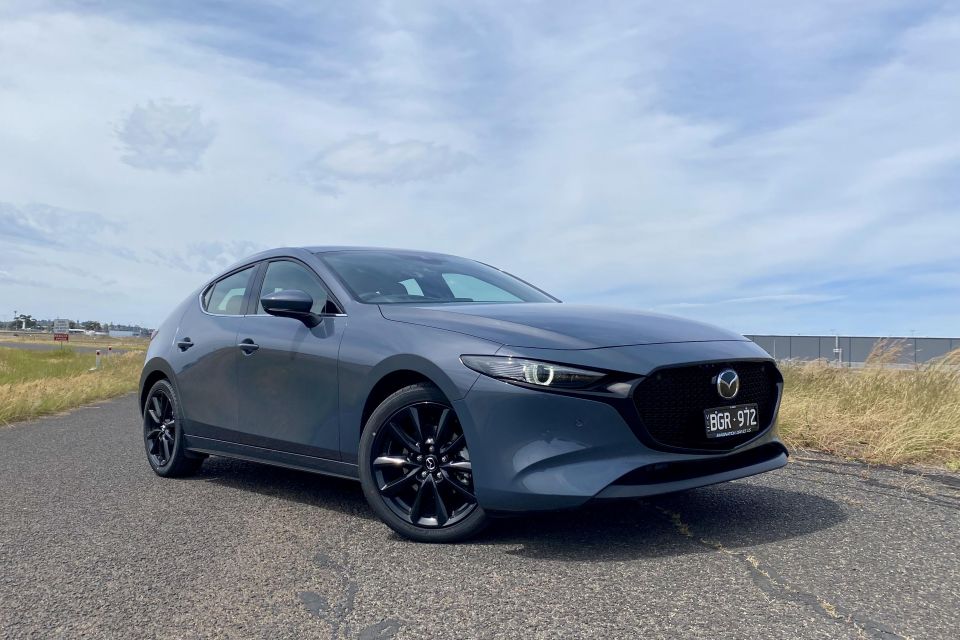

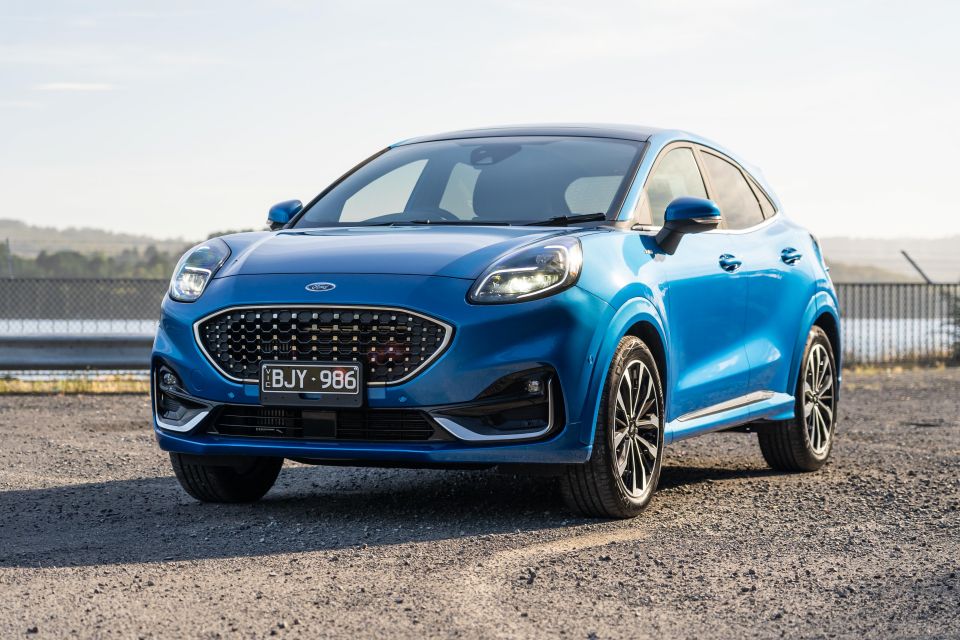
Toyota took its market share to a remarkable 24.4 per cent in November, and grew its sales by just under 40 per cent. It also made four of the top-five-selling nameplates in the market.
Mazda had a ripper in second spot, growing its sales by almost 50 per cent and taking its monthly market share up to 9.5 per cent.
Rounding out the podium was Hyundai, which grew a more measured 1.2 per cent as it continues its new-model onslaught.
Rounding out the top five were Ford (up 33 per cent, thanks in part to the new Puma and Escape, and the evergreen Everest and Ranger), and Mitsubishi (down 20 per cent, mostly due to Triton and Outlander).
Kia finished in sixth though its recent sales growth was tempered somewhat (up just under five per cent, but down slightly in market share). Completing the top 10 were Nissan (down six per cent), Volkswagen (down 16 per cent), Subaru (up two per cent), and Mercedes-Benz (down 8.4 per cent including commercial vehicles).
Strip out vans and utes, and BMW (2647) actually edged Mercedes-Benz (2638) in passenger car and SUV sales.
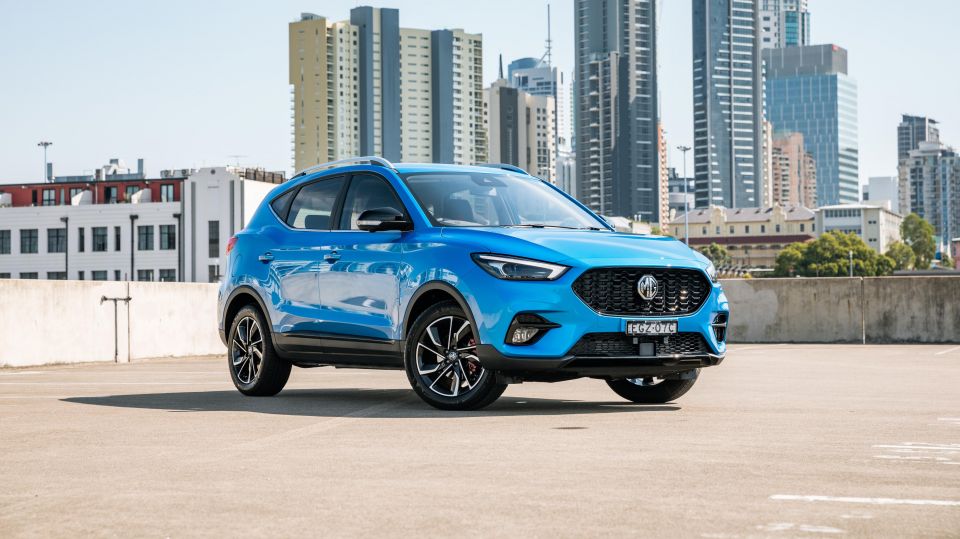
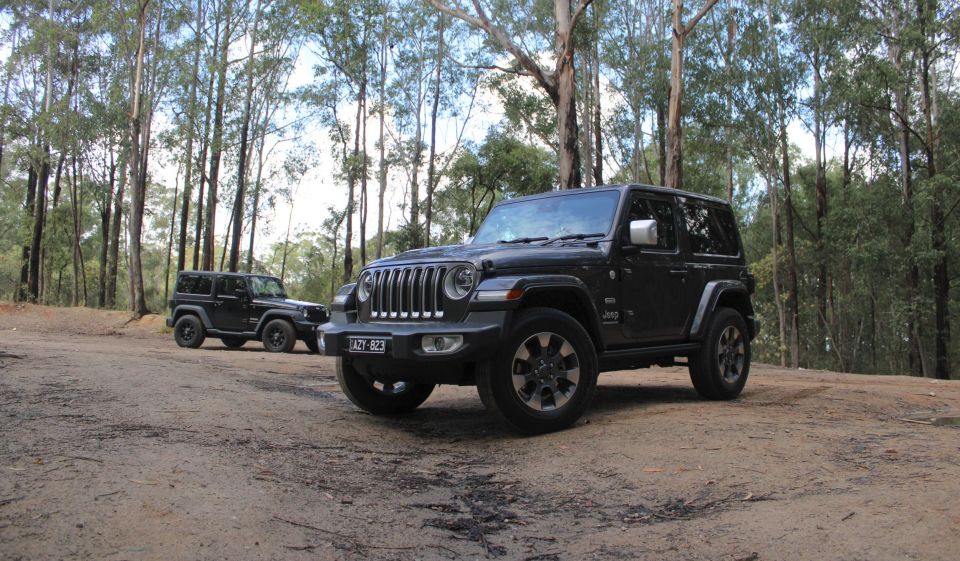

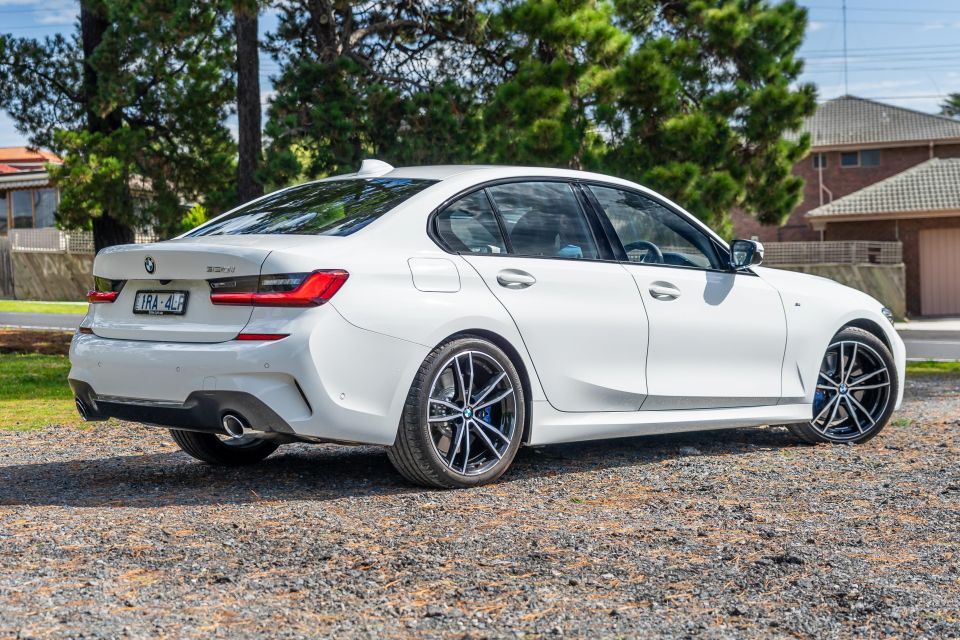
Other brands that grew their sales by more than the market average included Isuzu Ute (up 36 per cent despite D-Max stock shortages), BMW (up a whopping 53 per cent), MG (up 133 per cent and situated 14th on the charts), Audi (up 13 per cent), LDV (up 130 per cent), Lexus (up 18 per cent), Volvo Car (up 28 per cent), Jeep (on a tear at the moment, up 88 per cent), Porsche (up 46 per cent), and Haval (up 126 per cent).
That makes three Chinese brands inside the top 25. Sales of China-made cars skyrocketed 135 per cent in November to 4159, and are up 61 per cent YTD. This is a trend I’ve covered at length.
Notable brands that posted negative results – other than those mentioned already – included Alfa Romeo (down 43 per cent), Jaguar (down 42 per cent), Ram Trucks (down 26 per cent), Honda (down 24 per cent), and Land Rover (down 11 per cent).
These percentages are rounded off, but specific numbers are in the top 25 table below:
| Brand | Nov sales | % change |
|---|---|---|
| Toyota | 23,204 | +36.9 |
| Mazda | 9053 | +46.8 |
| Hyundai | 6903 | +1.2 |
| Ford | 6613 | +33.2 |
| Mitsubishi | 5488 | -20.0 |
| Kia | 5376 | +4.6 |
| Nissan | 4001 | -6.3 |
| Volkswagen | 3280 | -16.4 |
| Subaru | 3203 | +2.0 |
| Mercedes-Benz | 3184 | -8.4 |
| Isuzu Ute | 2943 | +36.2 |
| BMW | 2647 | +52.9 |
| Honda | 2511 | -23.6 |
| MG | 2021 | +133.4 |
| Audi | 1819 | +13.1 |
| Suzuki | 1490 | +8.2 |
| LDV | 1358 | +129.8 |
| Lexus | 1053 | +17.8 |
| Renault | 1028 | +0.4 |
| Volvo Car | 836 | +28.2 |
| Jeep | 743 | +87.6 |
| Skoda | 688 | +11.3 |
| Land Rover | 560 | -11.0 |
| Porsche | 422 | +45.5 |
| Haval | 394 | +126.4 |
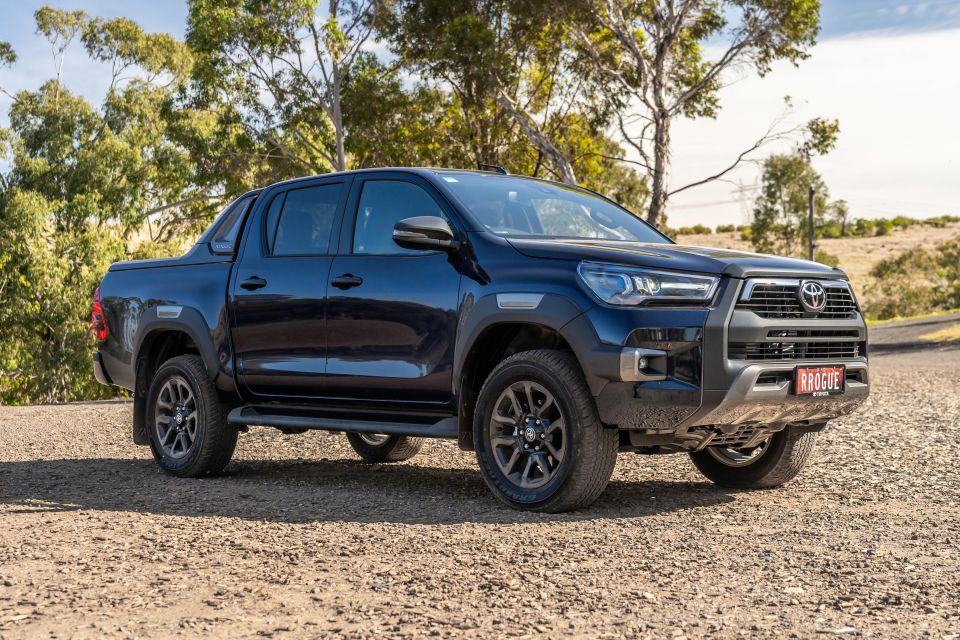
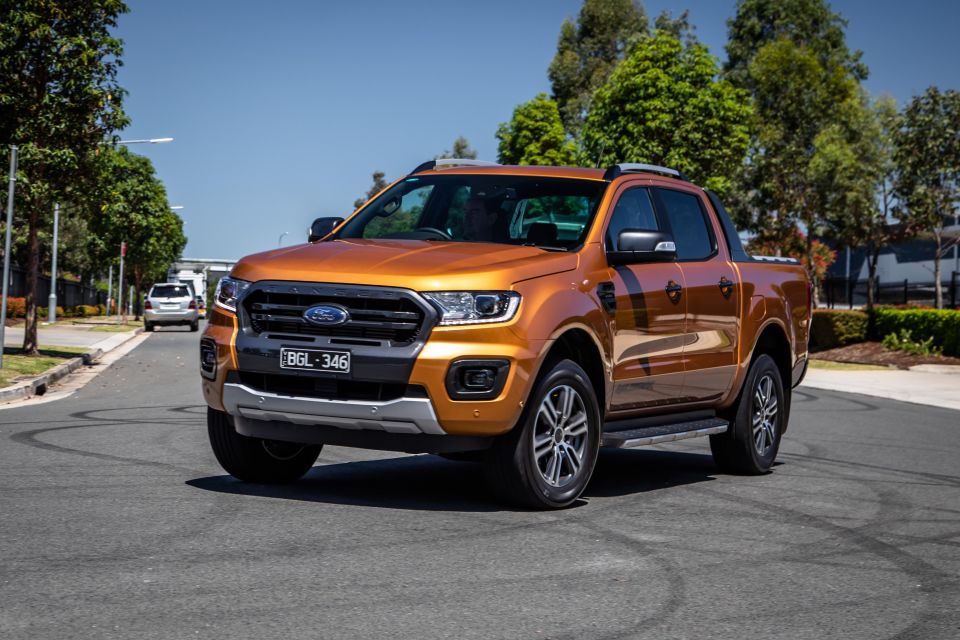

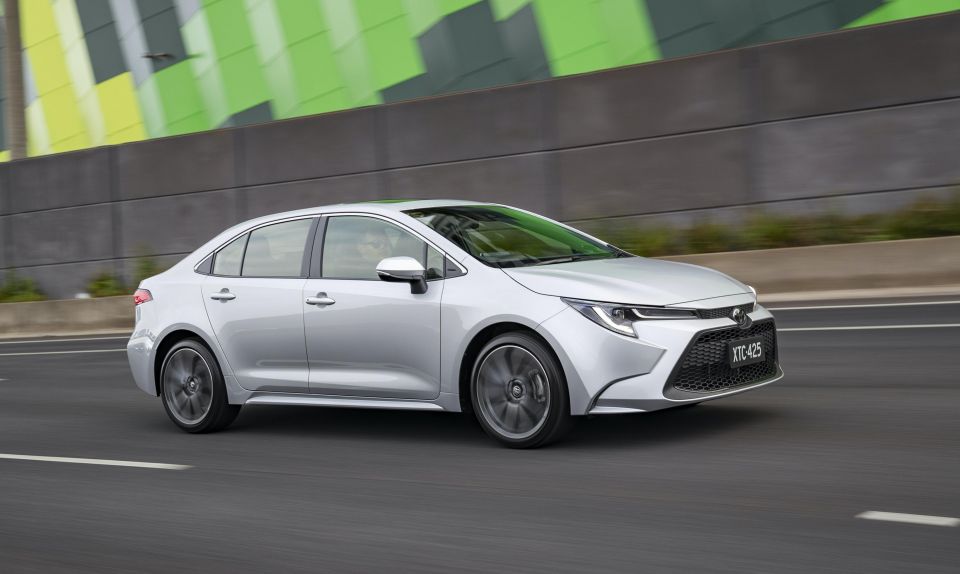
The usual suspects topped the charts, as the table below shows. The updated Toyota HiLux and its Ford Ranger nemesis duked it out for the gold and silver, edging out Toyota’s RAV4 in third.
Corolla grabbed fourth, meaning Toyota once again made the nation’s top-selling ute, SUV and passenger vehicle.
Fifth was the Toyota Prado, which more than doubled its November 2019 volume. We’d imagine a lot of people are buying their Aussie exploration-mobiles given international travel seems off the menu for the time being.
On that note, get a load of the Toyota LandCruiser wagon, the majority of which were the 200 Series that in many cases sells for above $100k. Nearly 2000 Aussies bought one.
All told, from the top 25 models there were 14 vehicles that fit within the nebulous category of ‘SUV’, six light commercials comprising five utes and one van/light bus, and five traditional passenger vehicles – four of which are categorised as ‘small’.
| Model | Nov sales | % change |
|---|---|---|
| Toyota HiLux | 5038 | +33.0 |
| Ford Ranger | 4260 | +22.0 |
| Toyota RAV4 | 3800 | +64.1 |
| Toyota Corolla | 2774 | +24.5 |
| Toyota Prado | 2602 | +116.1 |
| Mazda CX-5 | 2412 | +39.0 |
| Isuzu D-Max | 2095 | +45.7 |
| Hyundai i30 | 2047 | -12.5 |
| Hyundai Tucson | 1995 | +38.2 |
| Toyota L’Cruiser wagon | 1981 | +116.3 |
| Toyota HiAce | 1664 | +115.0 |
| Kia Cerato | 1625 | -0.9 |
| Mazda CX-3 | 1562 | +41.1 |
| Mitsubishi Triton | 1535 | -47.6 |
| Subaru Forester | 1502 | +14.4 |
| Mazda 3 | 1494 | +4.1 |
| Mitsubishi ASX | 1465 | +42.6 |
| Hyundai Kona | 1453 | +11.5 |
| Nissan X-Trail | 1405 | -25.3 |
| Toyota Camry | 1283 | -35.9 |
| MG ZS | 1133 | +158.7 |
| Mitsubishi Outlander | 1062 | -30.3 |
| Kia Seltos | 1058 | +17.8 |
| Mazda CX-30 | 1038 | New |
| Nissan Navara | 1006 | +5.3 |


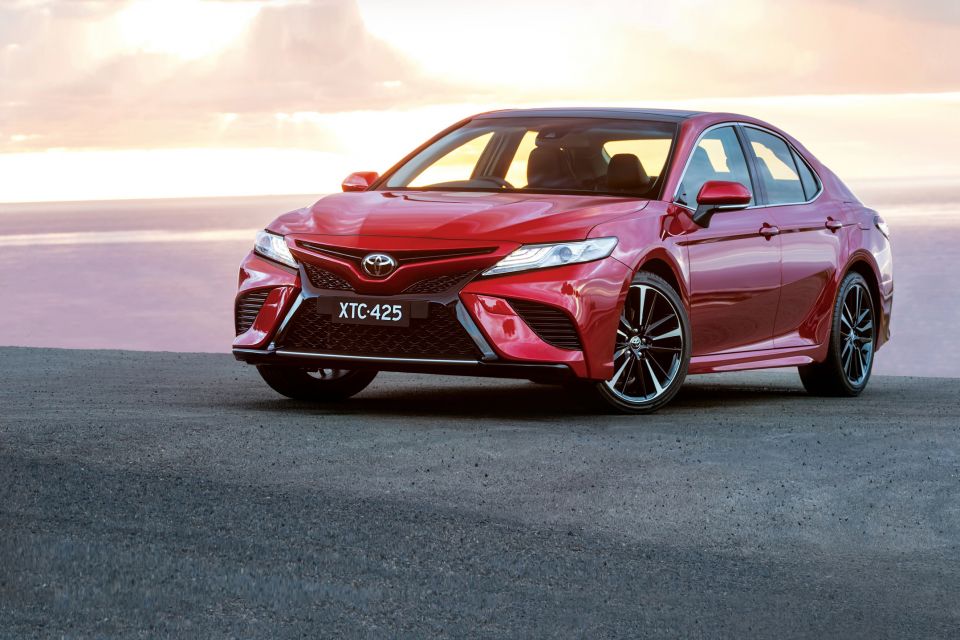
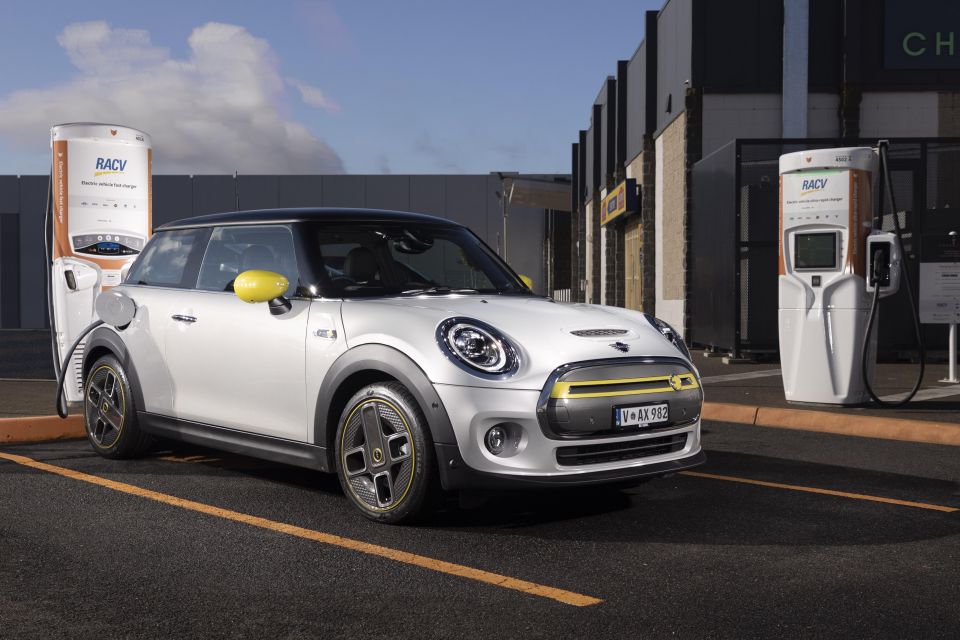
In terms of segmentation, the top three sellers in their respective vehicle segments looks like this:
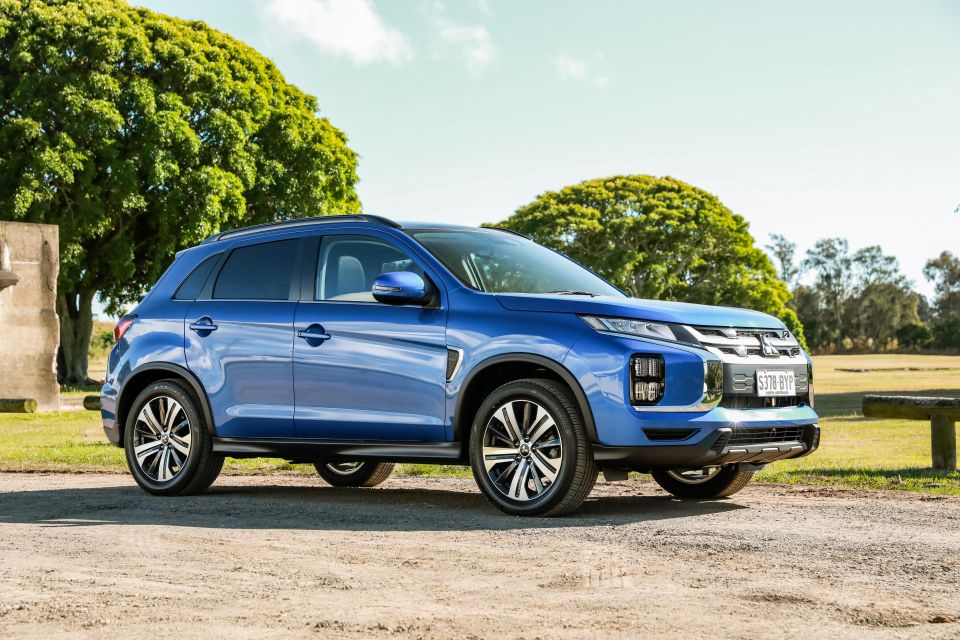
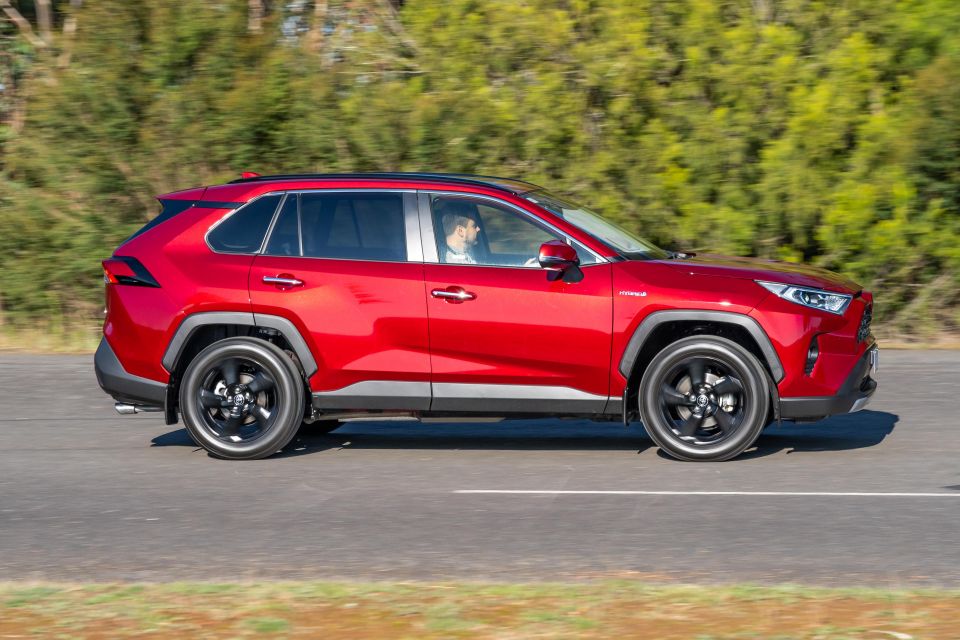
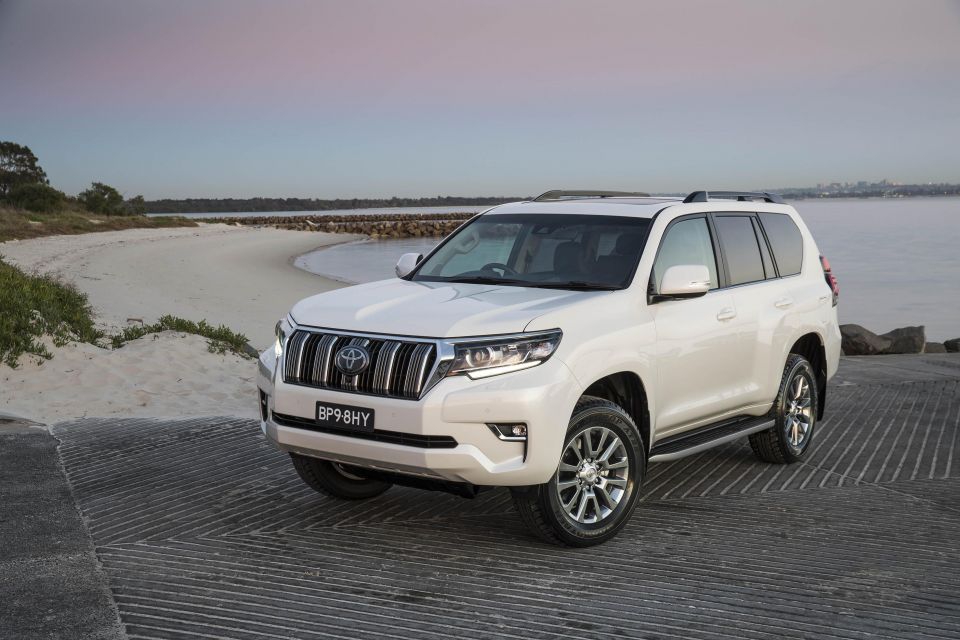
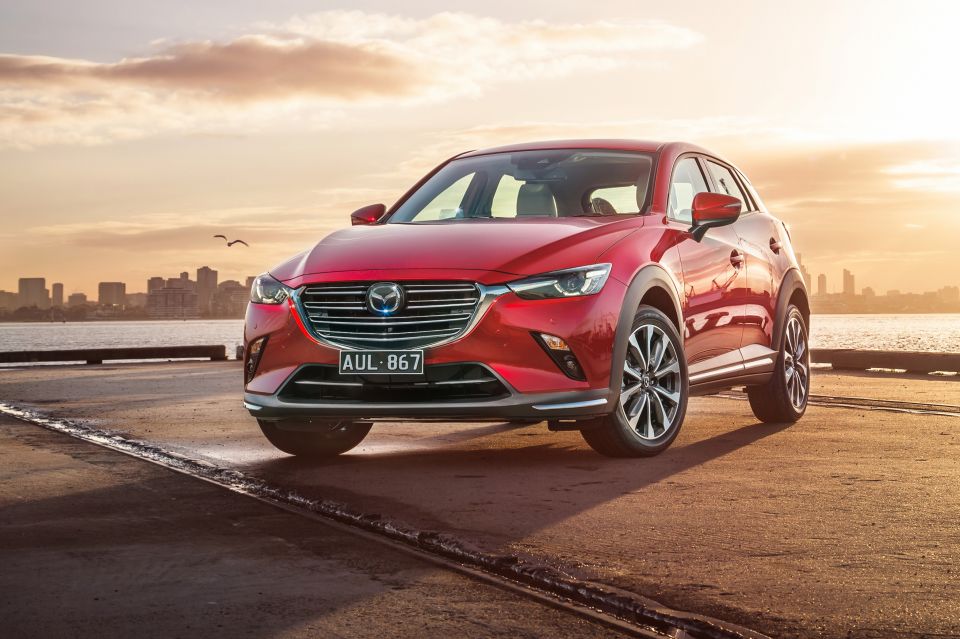
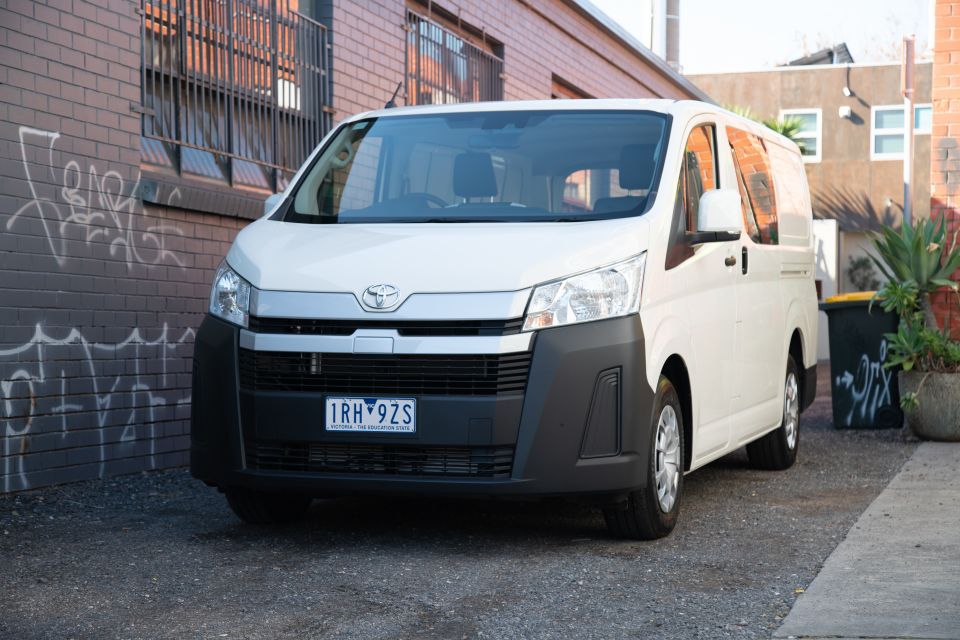
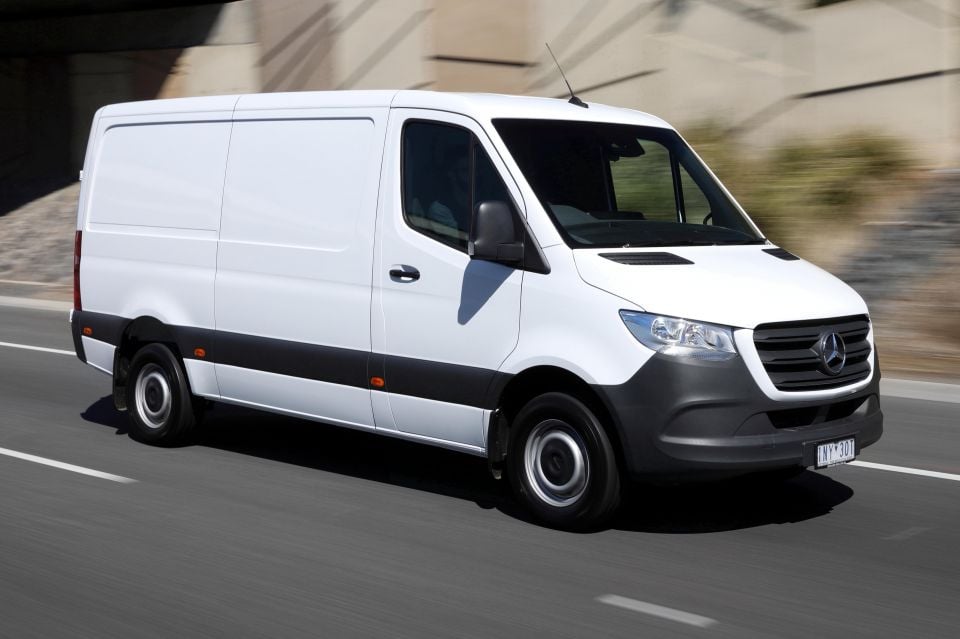
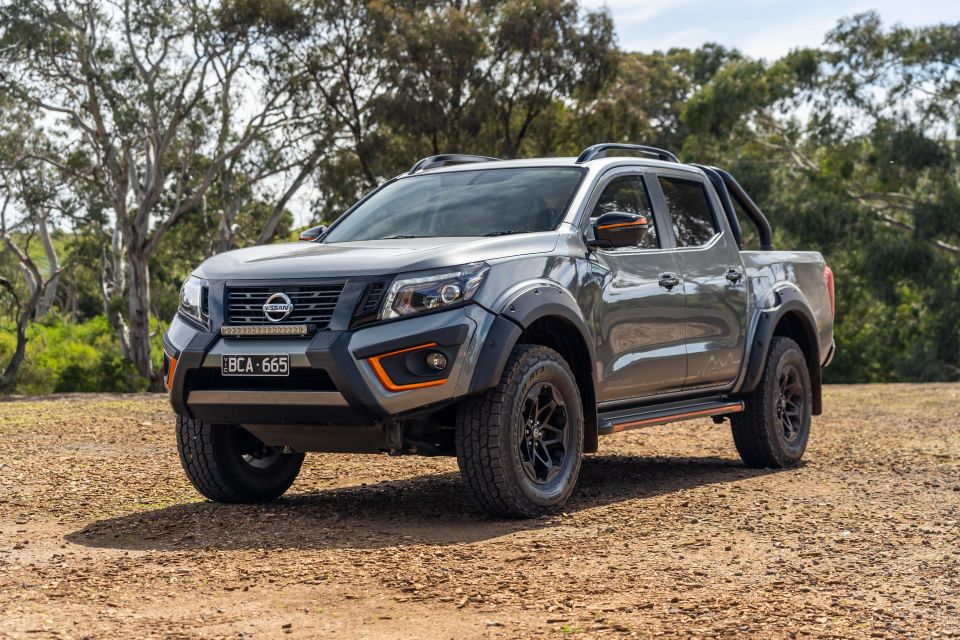

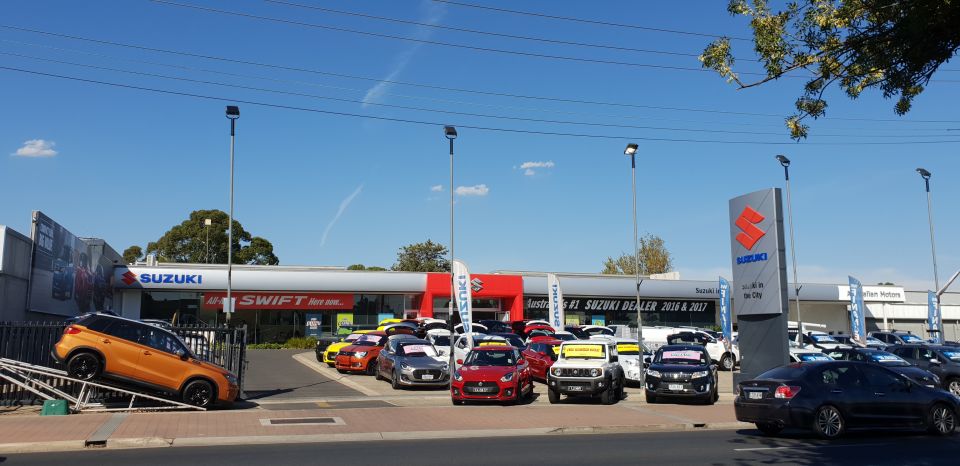
Car sales by region:
Car sales by type:
Car sales by buyer:
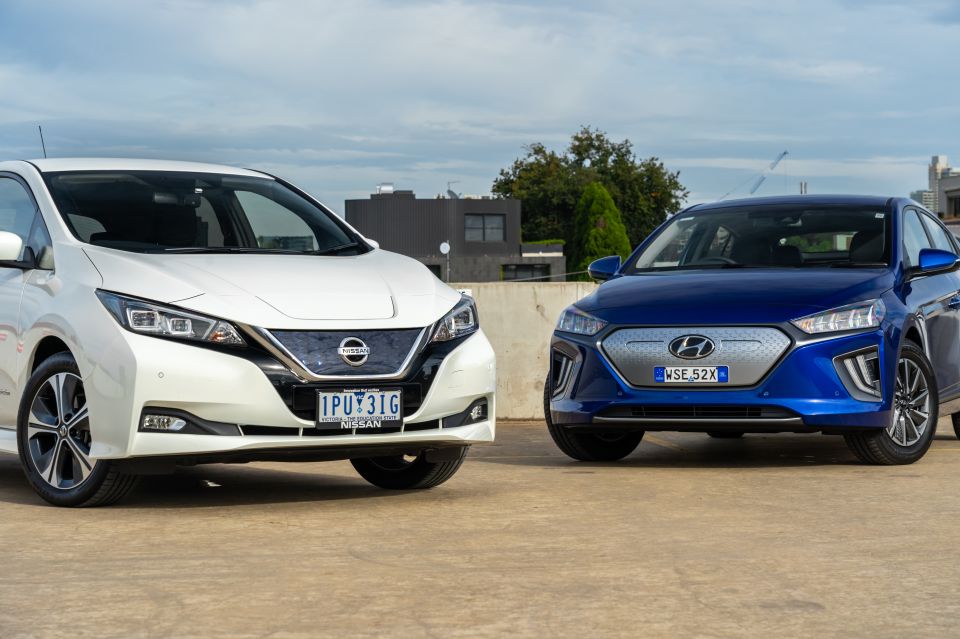
Sales by fuel type:
Sales by country of origin:

“Recent Australian new vehicles sales have seen 31 months of straight decline. This has been caused by a number of well recognised factors, including the COVID-19 pandemic, and environmental and financial issues,” said FCAI chief Tony Weber.
“With the Australian economy showing improvement, it’s good news to see new vehicle sales trending in a more positive direction.”
“Why are we seeing an improvement now? We believe there are a few contributing factors, including rising optimism from the Australian public as COVID-19 restrictions ease,” Weber continued.
“This increase in consumer confidence is backed by government support programs during the pandemic, the easing of lending restrictions, and the current competitive automotive market.”
“We also believe that, given our inability to travel internationally, many Australians are choosing to purchase a new vehicle and holiday at home this year – and we fully expect to see a notable increase in family driving trips over the Christmas season.”
MORE: Check our our archive of VFACTS and industry sales content
If you have any questions – perhaps you want to know how your car did – ask in the comments and a member of the CarExpert team will respond.


James Wong
3 Days Ago


William Stopford
3 Days Ago


Josh Nevett
2 Days Ago
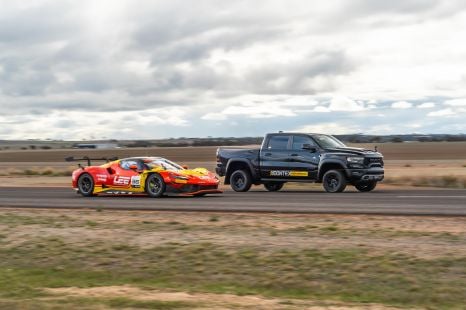

Paul Maric
2 Days Ago


Damion Smy
20 Hours Ago
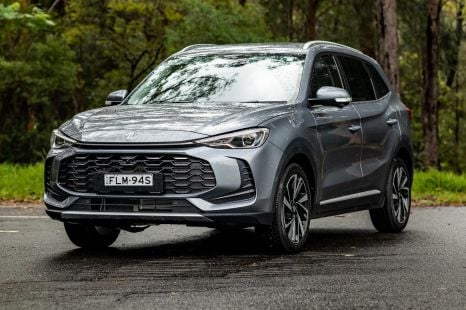

Matt Campbell
13 Hours Ago